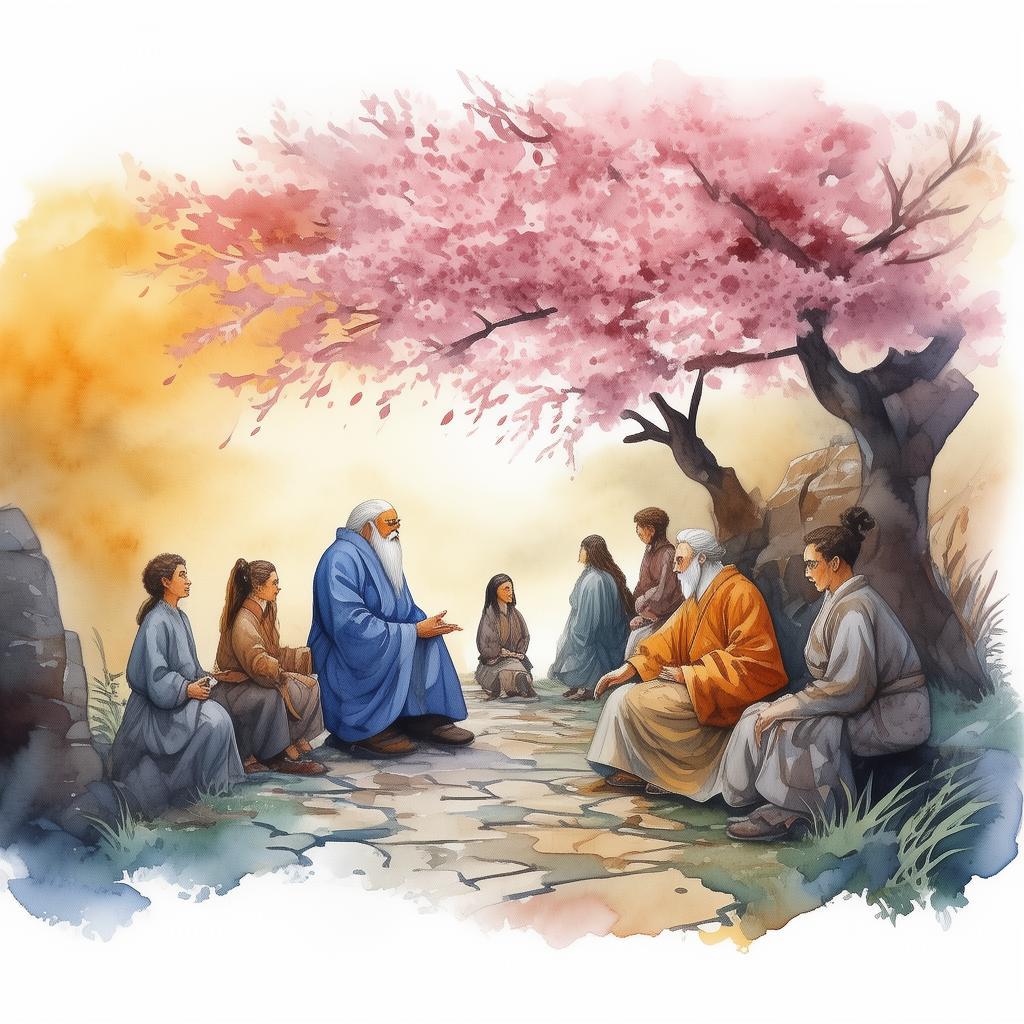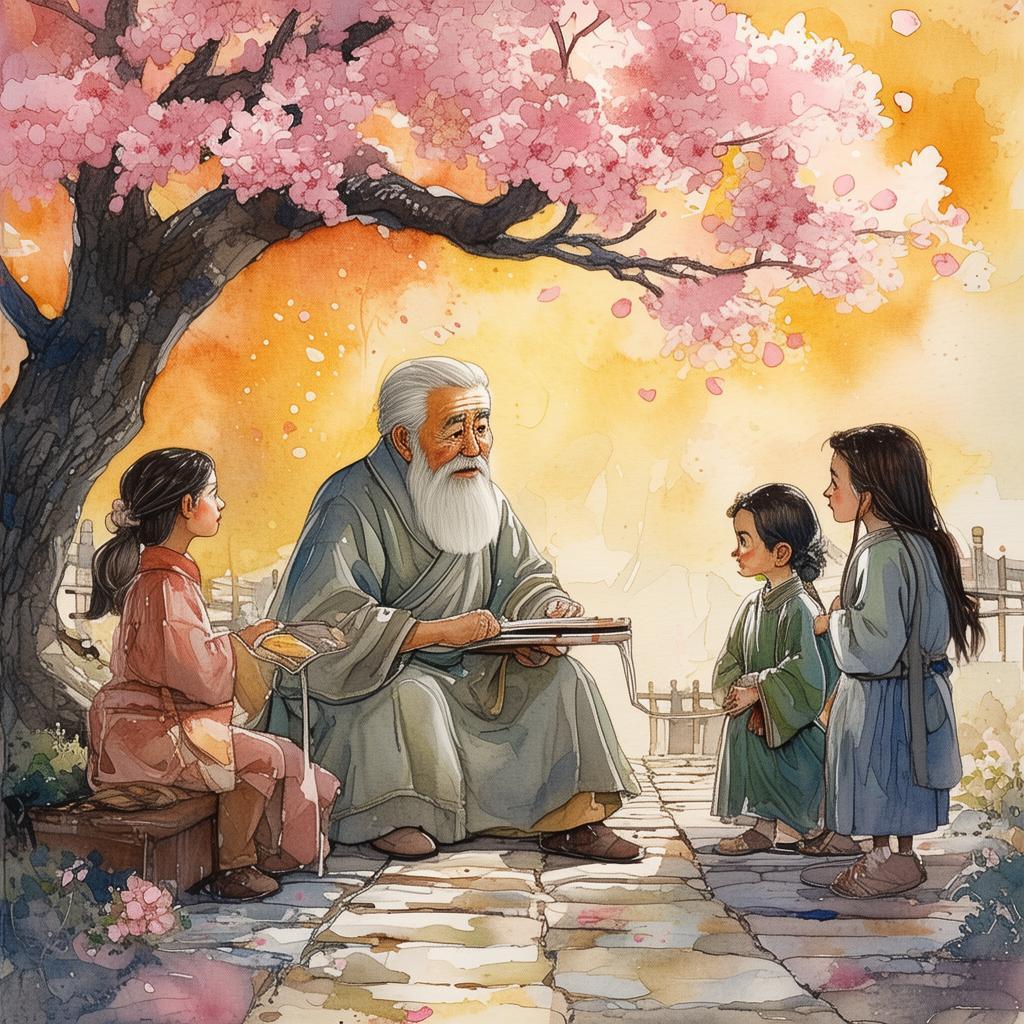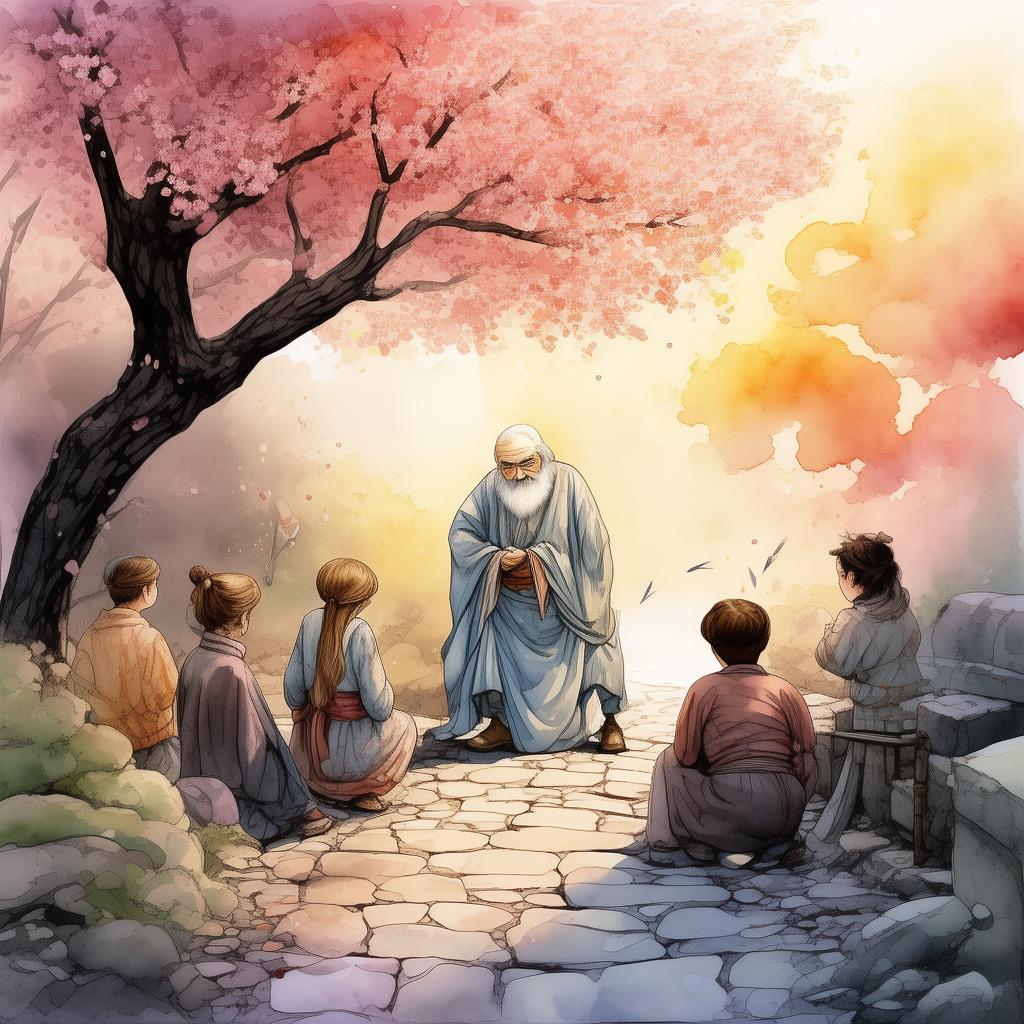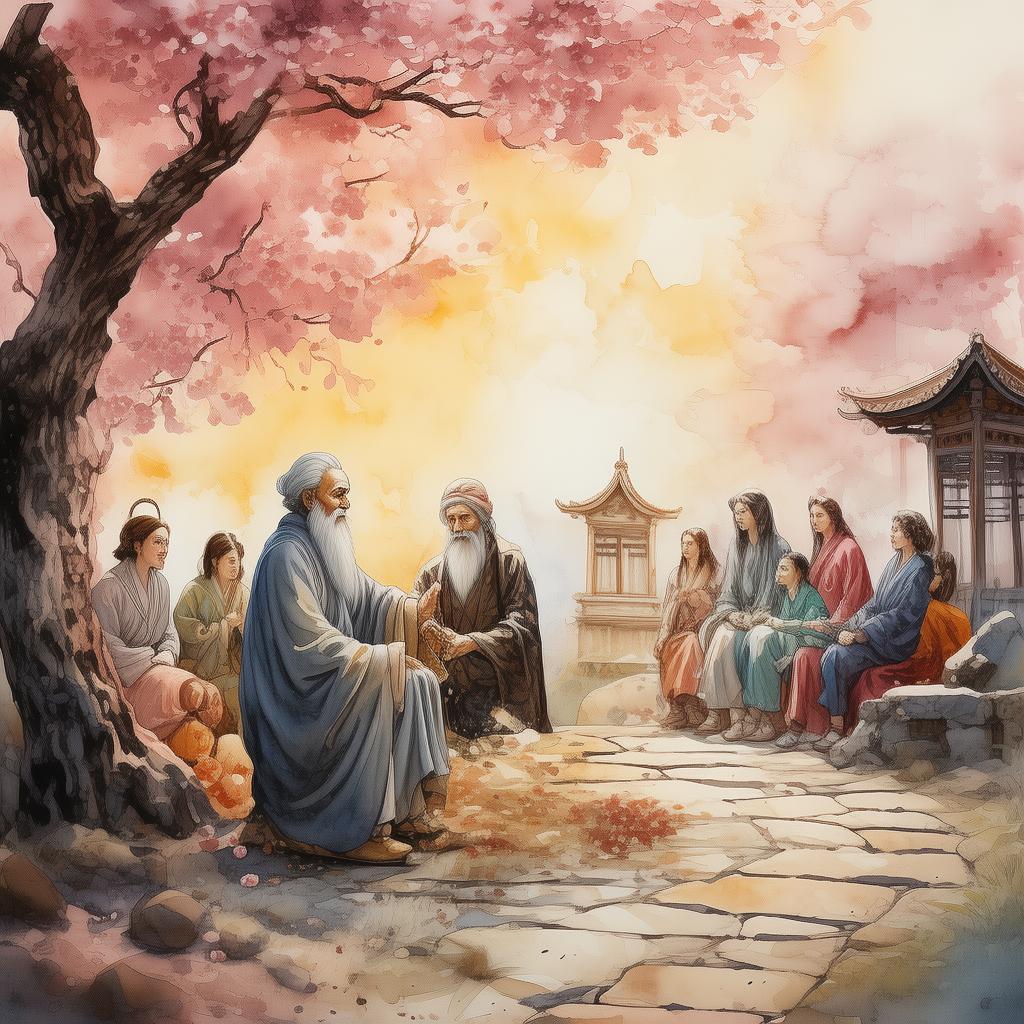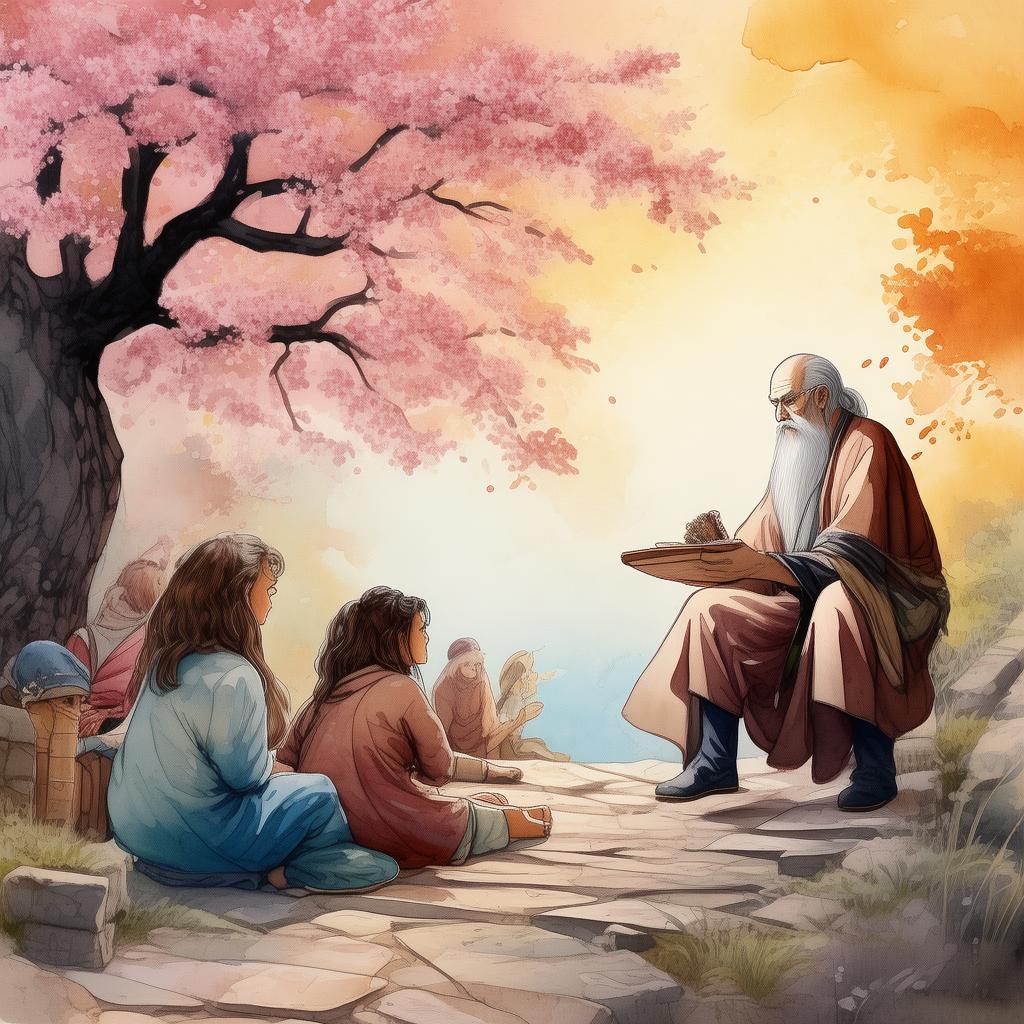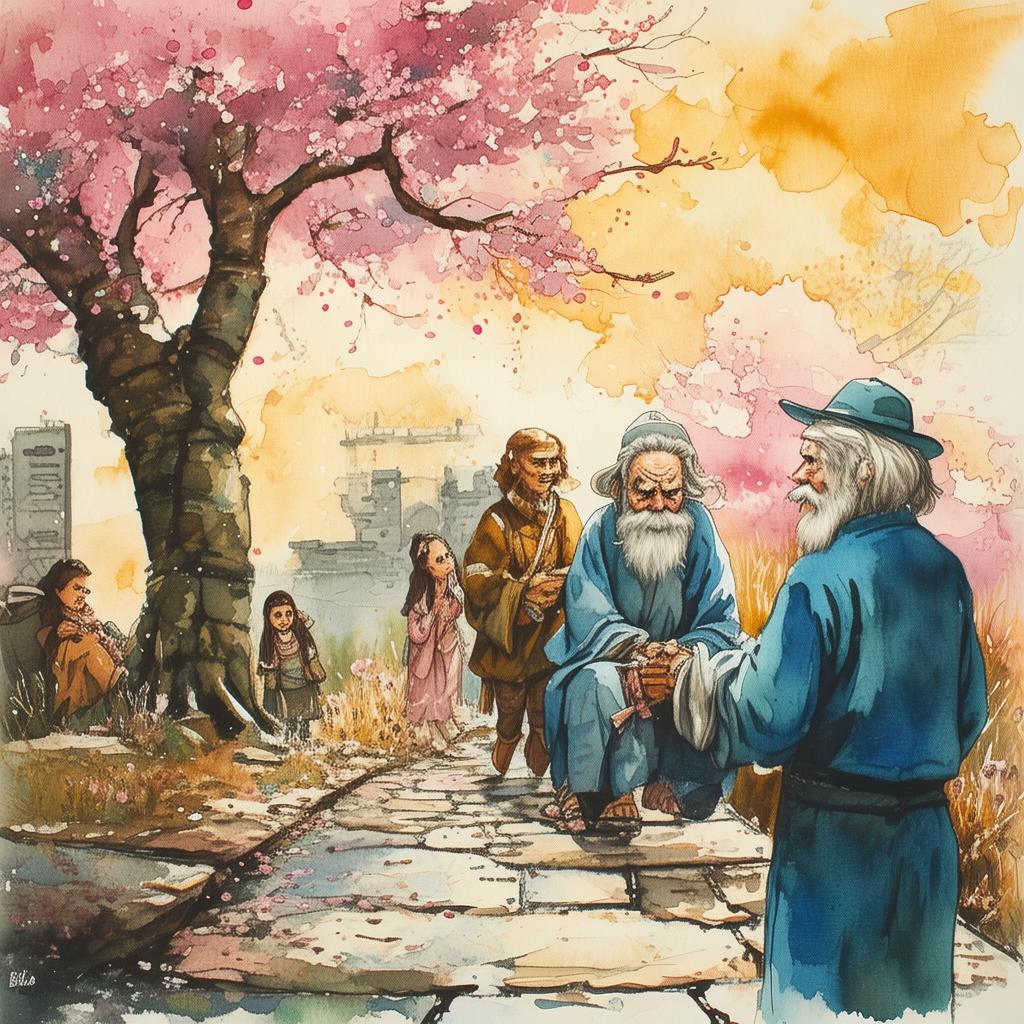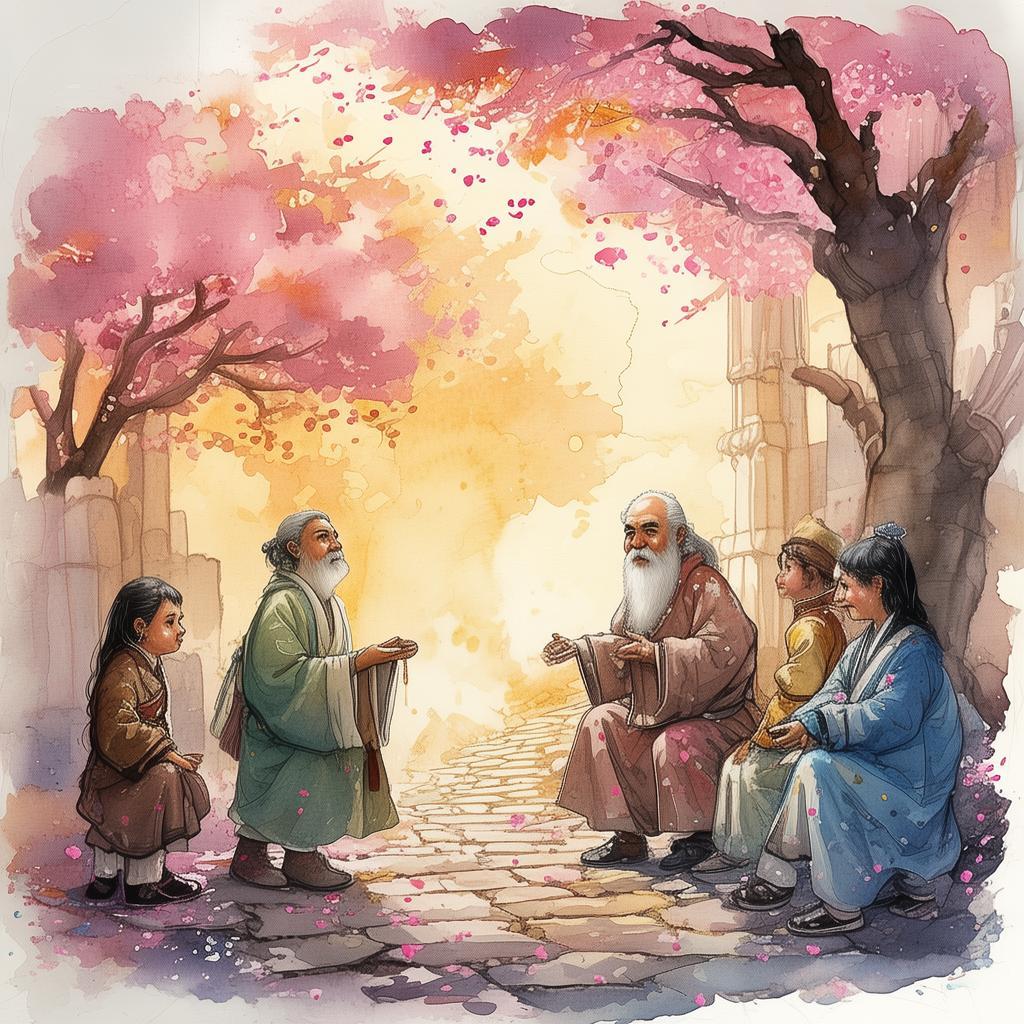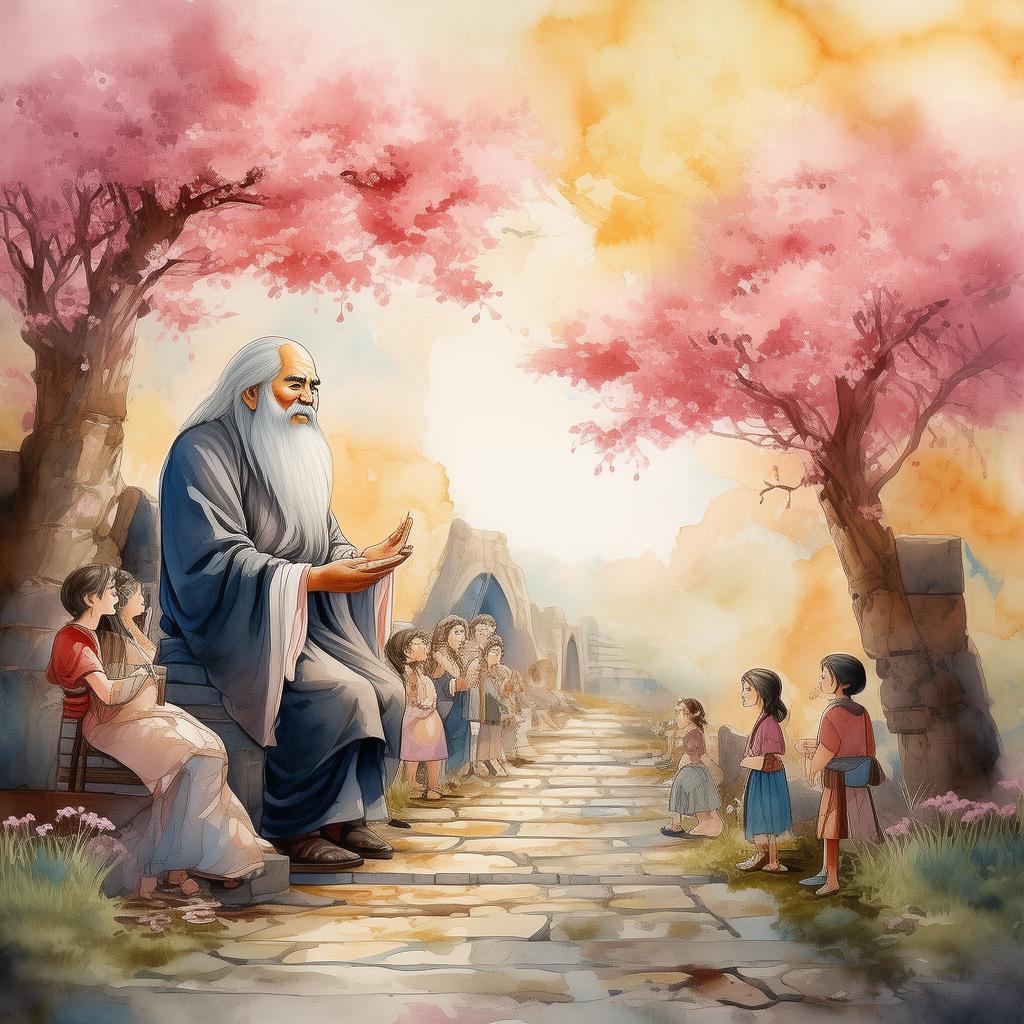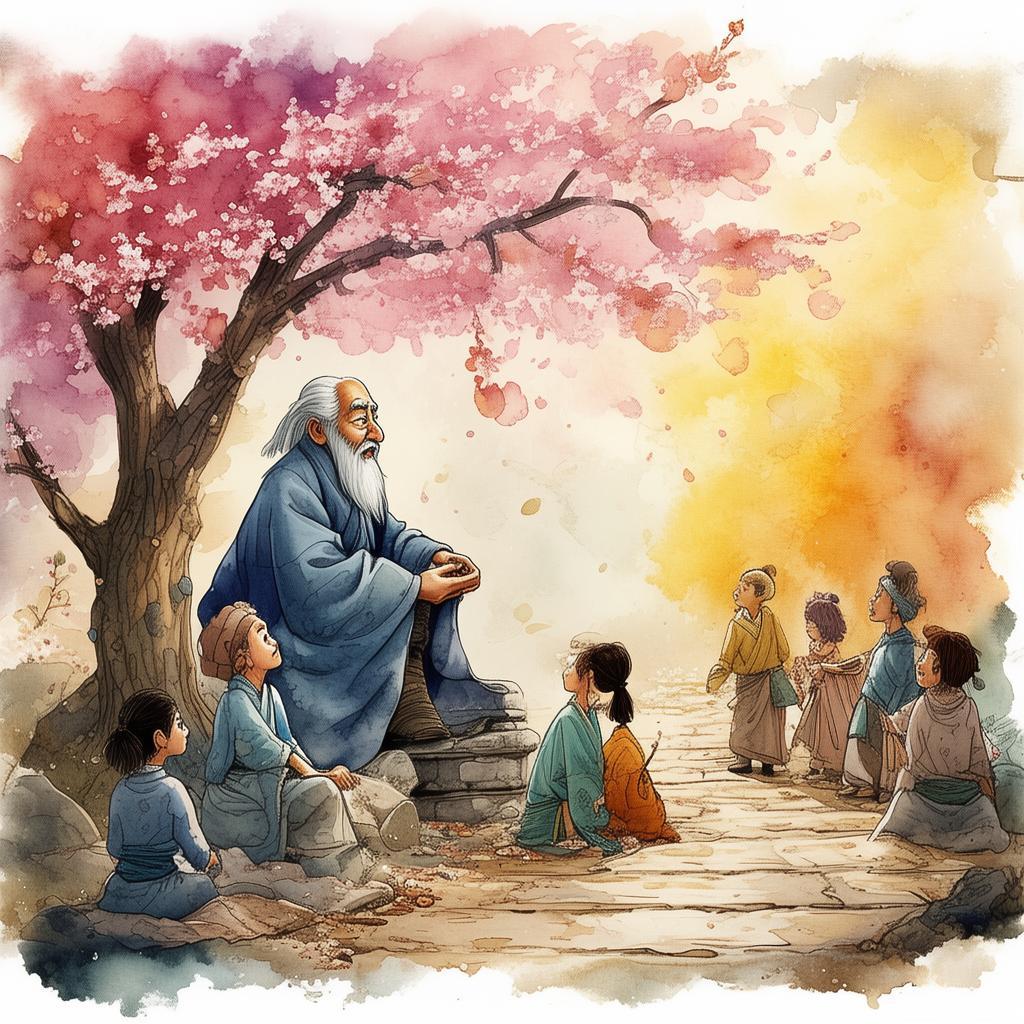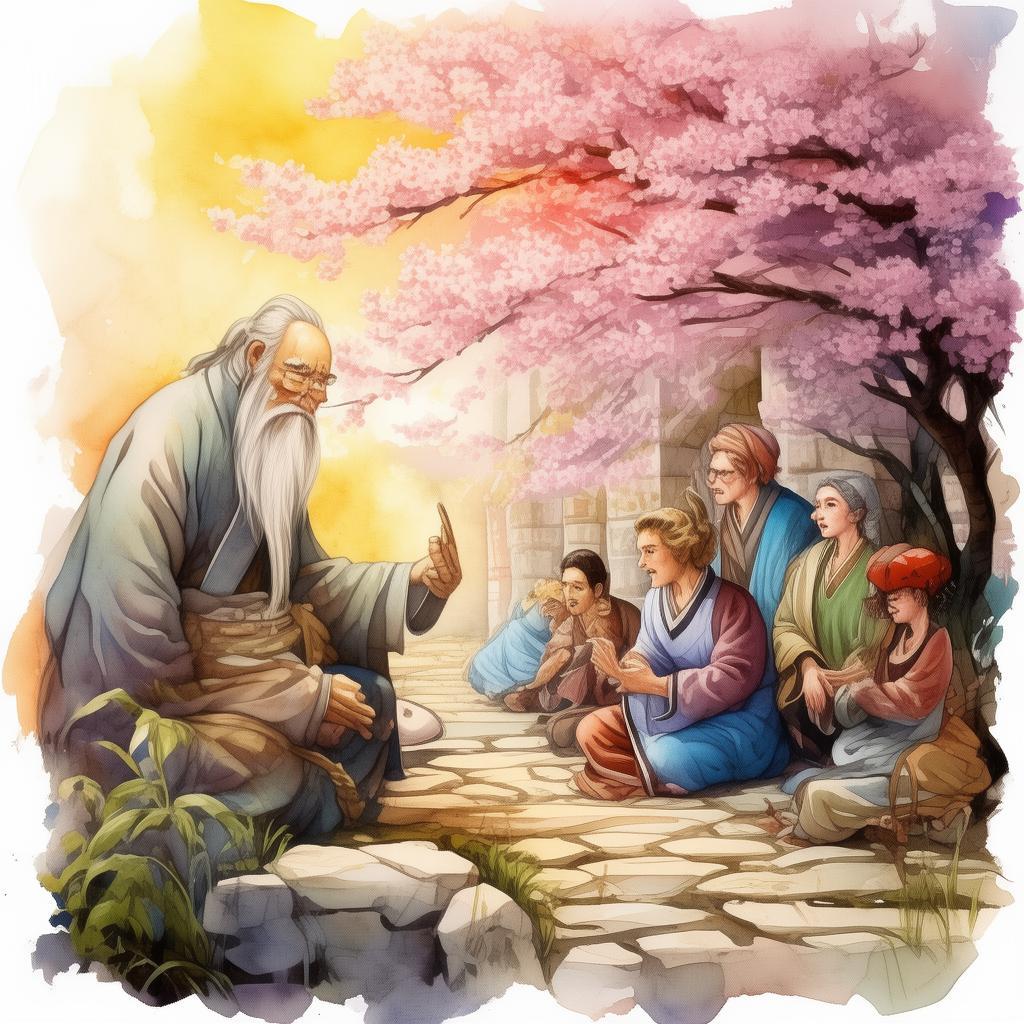The Zenith of Zen: A Monk's Quest for Inner Peace
In the tranquil mountains of ancient China, there lived a monk named Chan, renowned for his profound wisdom and serene demeanor. His name, The Rational Monk, was a testament to his unique approach to meditation and spirituality. Chan believed that true enlightenment could only be achieved through a rational understanding of the mind and the elimination of all delusions.
The Rational Monk's Meditation: The Path to the Mind's Zenith was his seminal work, a guide that had attracted followers from all corners of the land. But Chan knew that the teachings were not enough. He needed to test his own beliefs and prove the efficacy of his path.
One crisp autumn morning, Chan set out on a journey to a remote hermitage nestled deep within the mountains. It was said that this place was the very heart of Zen, where the veil between the material and the spiritual world was at its thinnest. Chan sought to reach the Zenith of Zen, the pinnacle of inner peace and clarity.
As he journeyed through the rugged terrain, Chan encountered a series of trials designed to test his resolve and challenge his rationality. The first was a wise old woman who offered him a choice: to meditate with her for a year or to continue his journey alone. Chan, ever the rationalist, chose the latter, believing that his inner peace would come from within, not from external guidance.
His next challenge came in the form of a young swordsman, who challenged him to a duel. The swordsman, a master of the art, offered Chan a choice: to fight or to meditate. Chan, knowing that violence was counterproductive to his goal, chose to meditate. The swordsman, impressed by Chan's resolve, became his student, and together they practiced the art of mindfulness.

As the days turned into weeks, Chan's journey took him through the desolate wilderness, where he faced the fury of nature in the form of a fierce storm. The winds howled, and the rain lashed down, but Chan remained calm, meditating amidst the chaos. He realized that the storm was a metaphor for the inner turmoil that plagued his mind.
One night, as he camped by a serene lake, Chan encountered a group of thieves who threatened to kill him for his possessions. Chan, with a calm demeanor, offered his life to save the thieves from their criminal ways. The thieves, moved by his selflessness, decided to spare him and instead joined him on his journey.
The final trial came in the form of a riddle posed by an ancient sage. The sage asked Chan, "What is the sound of one hand clapping?" Chan, pondering the question, realized that the sound was the echo of his own heart, the sound of his inner peace.
With the riddle solved, Chan reached the hermitage. He found a small, secluded cave where he could meditate in solitude. For days, he sat in silence, his mind free of all distractions. Finally, the moment of clarity arrived. He saw the interconnectedness of all things, the unity of the material and the spiritual worlds.
The Rational Monk had reached the Zenith of Zen. He had achieved inner peace, not through external means, but through his own rational understanding and inner strength. He realized that the true essence of meditation was not in the act of meditating, but in the constant awareness and presence of mind.
Chan returned to his temple, his journey complete. He shared his experiences with his followers, teaching them that true enlightenment could be achieved through a rational approach to meditation and a deep understanding of the self. The Rational Monk's Meditation: The Path to the Mind's Zenith became a cornerstone of Zen philosophy, inspiring countless followers to seek the tranquility within.
In the end, the Rational Monk had not only found peace but had also shown the world that the path to enlightenment was not just a spiritual quest but a journey of self-discovery and rational contemplation.
✨ Original Statement ✨
All articles published on this website (including but not limited to text, images, videos, and other content) are original or authorized for reposting and are protected by relevant laws. Without the explicit written permission of this website, no individual or organization may copy, modify, repost, or use the content for commercial purposes.
If you need to quote or cooperate, please contact this site for authorization. We reserve the right to pursue legal responsibility for any unauthorized use.
Hereby declared.
